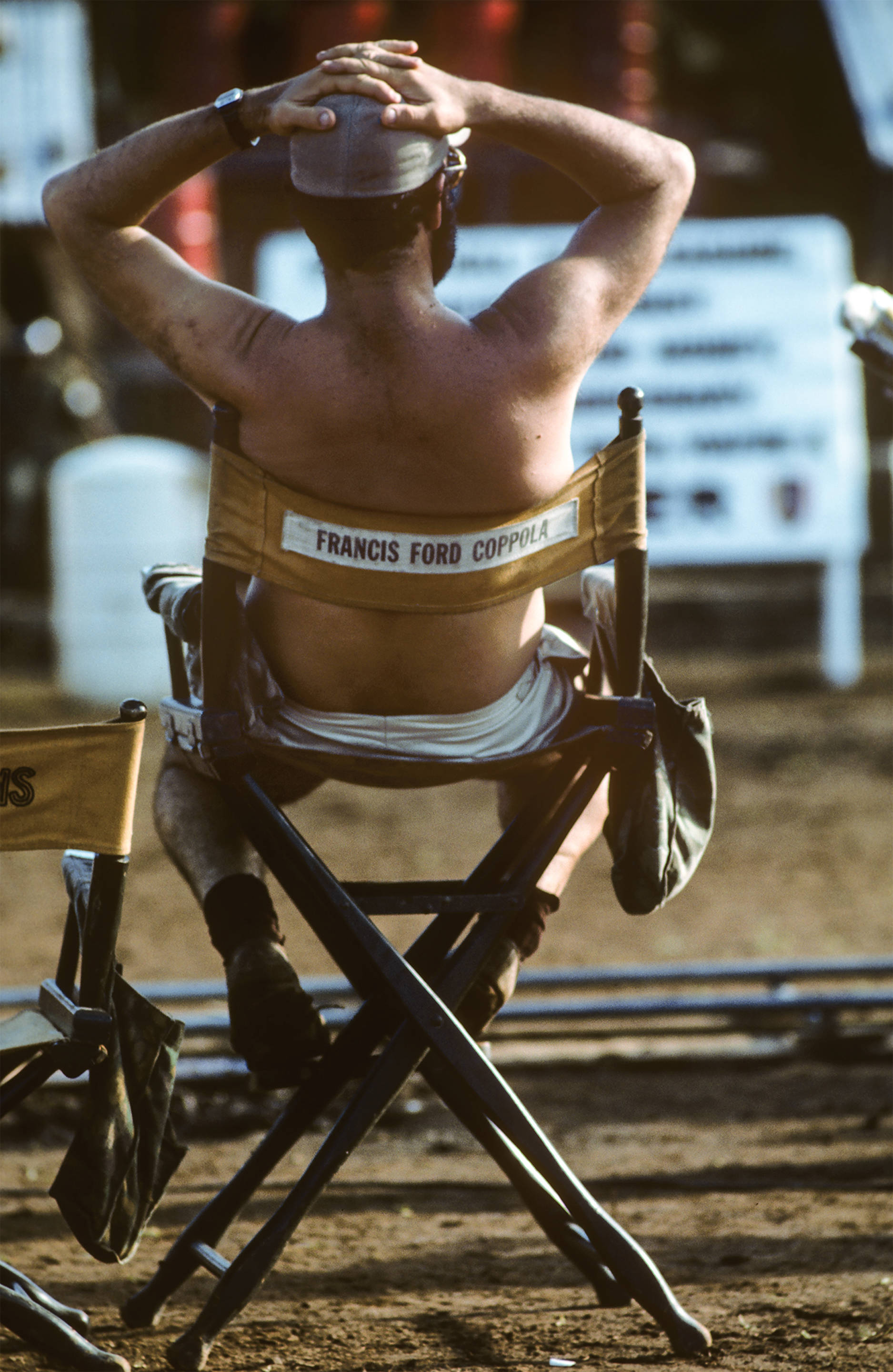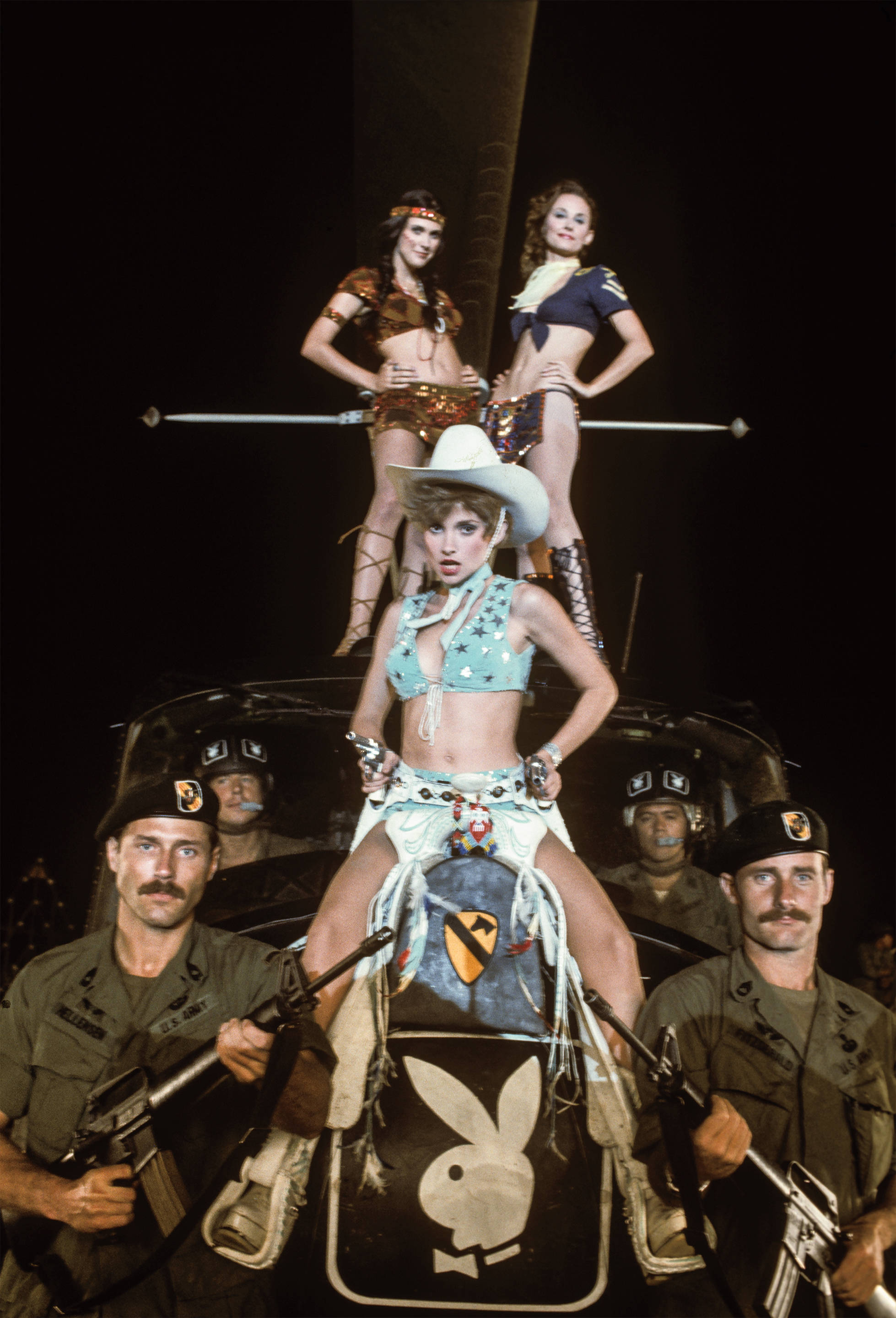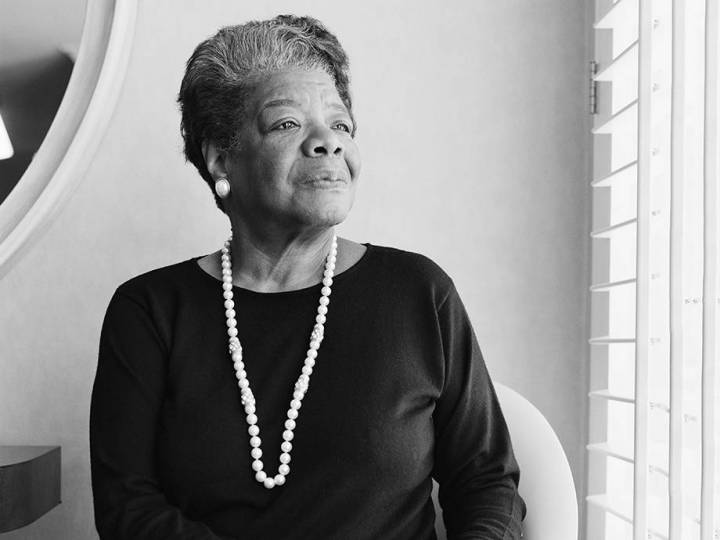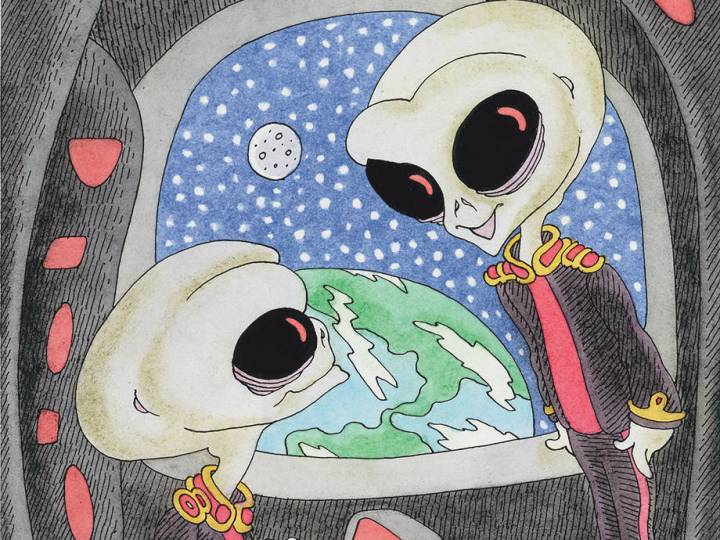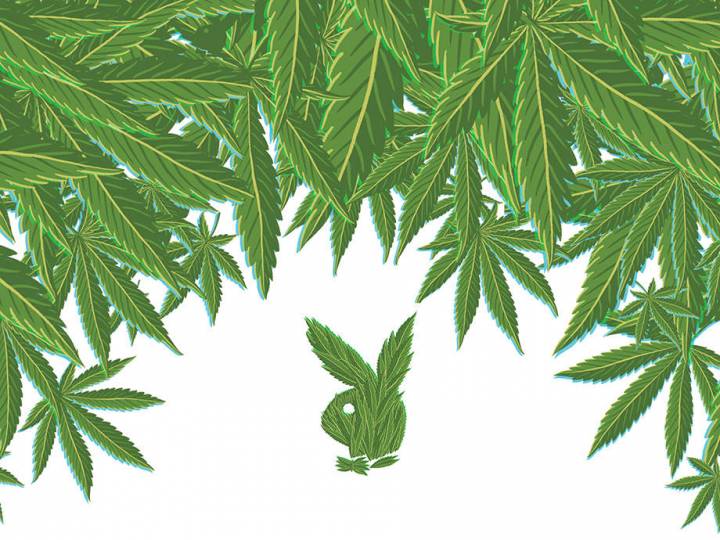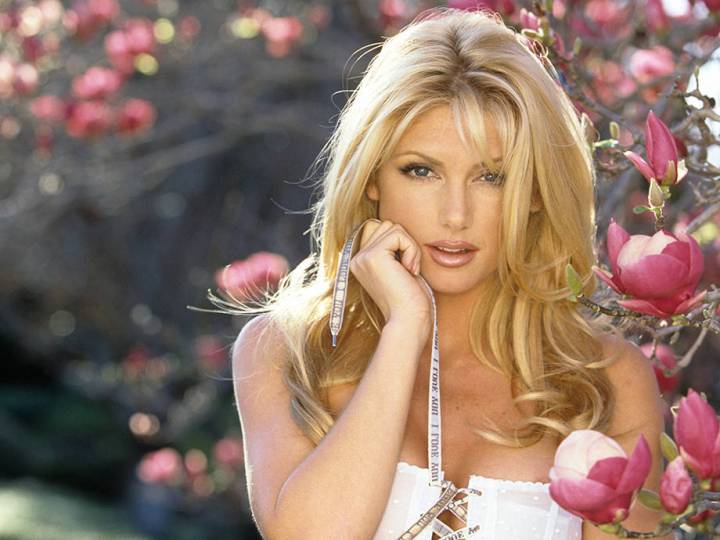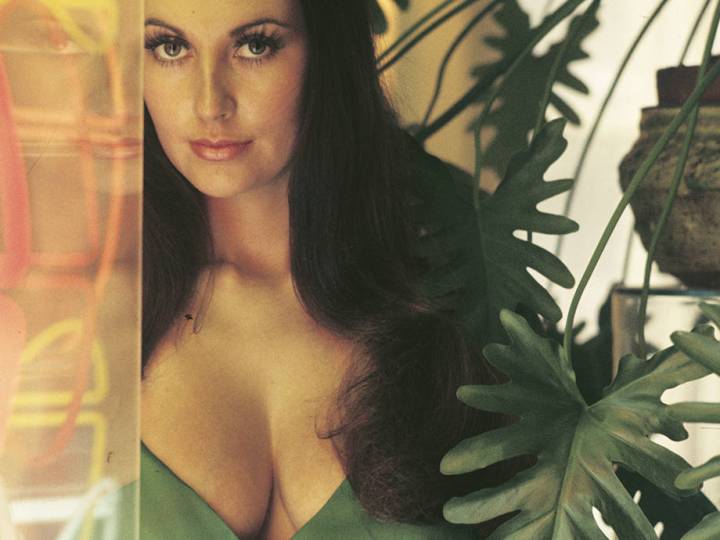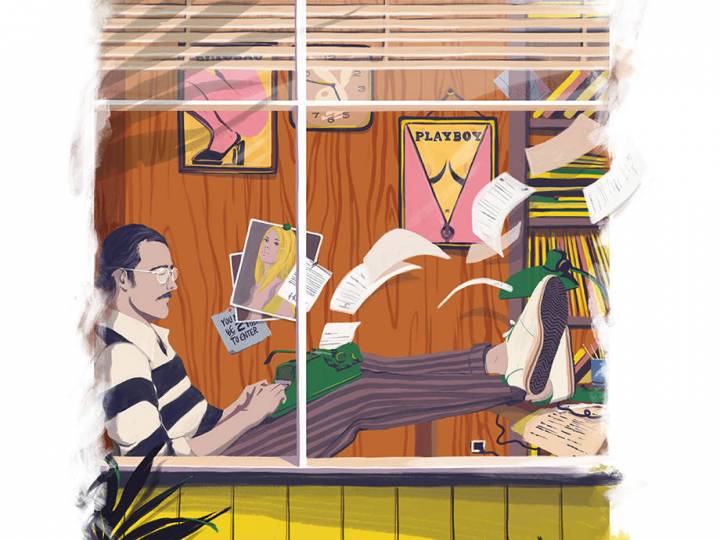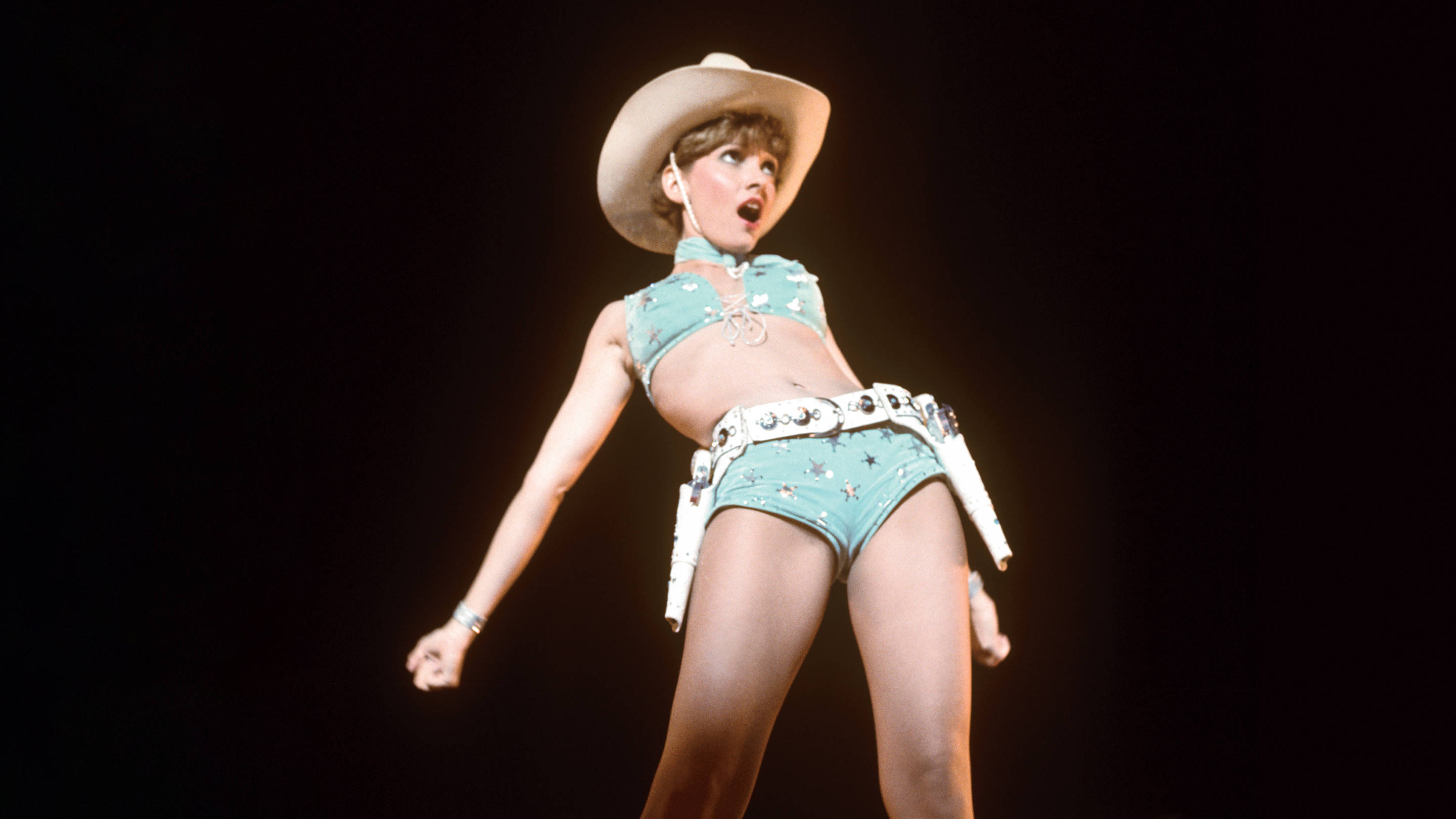
Apocalypse Then
An oral history of the memorable Playmate scene from Francis Ford Coppola’s Oscar-winning classic
On the great and sprawling road map of American culture, the distance between Playboy magazine and Francis Ford Coppola’s masterpiece Apocalypse Now is, surprisingly, just a short jaunt—perhaps one best traversed by helicopter.
The movie has more than endured; it has evolved. In 2001 an expanded re-edit, Apocalypse Now Redux, restored 49 minutes to the film, including an additional Playmate story line involving helicopter fuel (as well as a brief connecting scene in which Willard’s crew members talk about a U.S. soldier so obsessed with his Playboys that he kills a South Vietnamese officer who damages one). Kim Aubry, a producer on Redux, found inspiration in the original Playmate segment. “The USO scene was one of the realest moments I’d ever seen in cinema. There was something about it that felt almost like a documentary and yet surreal at the same time,” he says. “It’s so incredibly powerful and political.”
Indeed, it’s that kind of reaction that has contributed to the film’s remarkable staying power. This year Coppola will release what he considers the definitive director’s version, Apocalypse Now: Final Cut, which will of course include the iconic USO scene. To celebrate the 40th anniversary of the original release, we present the never-before-told oral history of how the Playmate scenes came to be, as related by those who were involved.
Unexpected disasters delayed but never derailed the ambitious production.
FRANCIS FORD COPPOLA, director: I remember looking at the USO set with the head of the art department and saying, “I made a big mistake. As they approach from the river, they ought to see a glimpse of this place.” We had built the set really far off the river, and you had to drive for a while. From a dramatic standpoint it would have been better if, when they’re in the boat, they look and say, “What the hell is that?” He said, “Well, we put it in the wrong place.” I said, “Yeah, but we’ll make it work.” And that’s when we were hit by the typhoon that destroyed everything.
CYNDI WOOD, actress and 1974 PMOY: Every time they’d plan to do our scene, something would happen. On one trip, the day I arrived, Marty Sheen had a heart attack, so they shut down production for six weeks. Another time, I arrived just in time for what was probably the largest typhoon of the decade. All of a sudden, without warning, everybody’s running, shouting “Take cover! Take cover!” and this typhoon comes raging through. We were trapped in an abandoned building in the jungle, far away from the set and the rest of the crew, with no way to communicate, no telephones. It was so loud. Here I am, 25 and pretty innocent, and all these grown men around me were scared to death that everybody was going to die.
FRANCIS FORD COPPOLA: We had to stop shooting for three or four weeks. It was a major event; it destroyed the USO set, and we had to rebuild it. So I said, “Well, this time let’s rebuild it right on the river so that we can correct the mistake we made.” And they did.
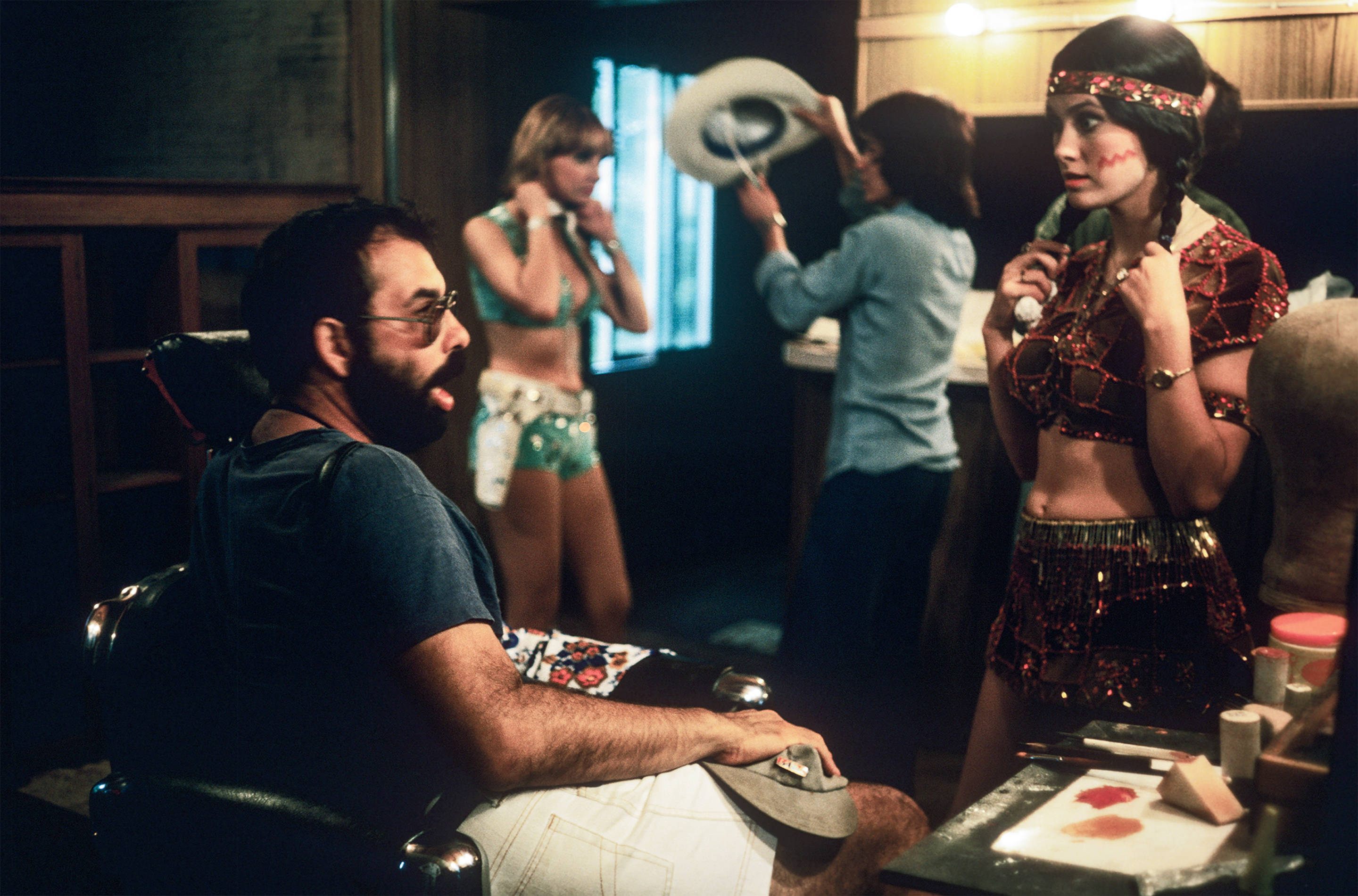
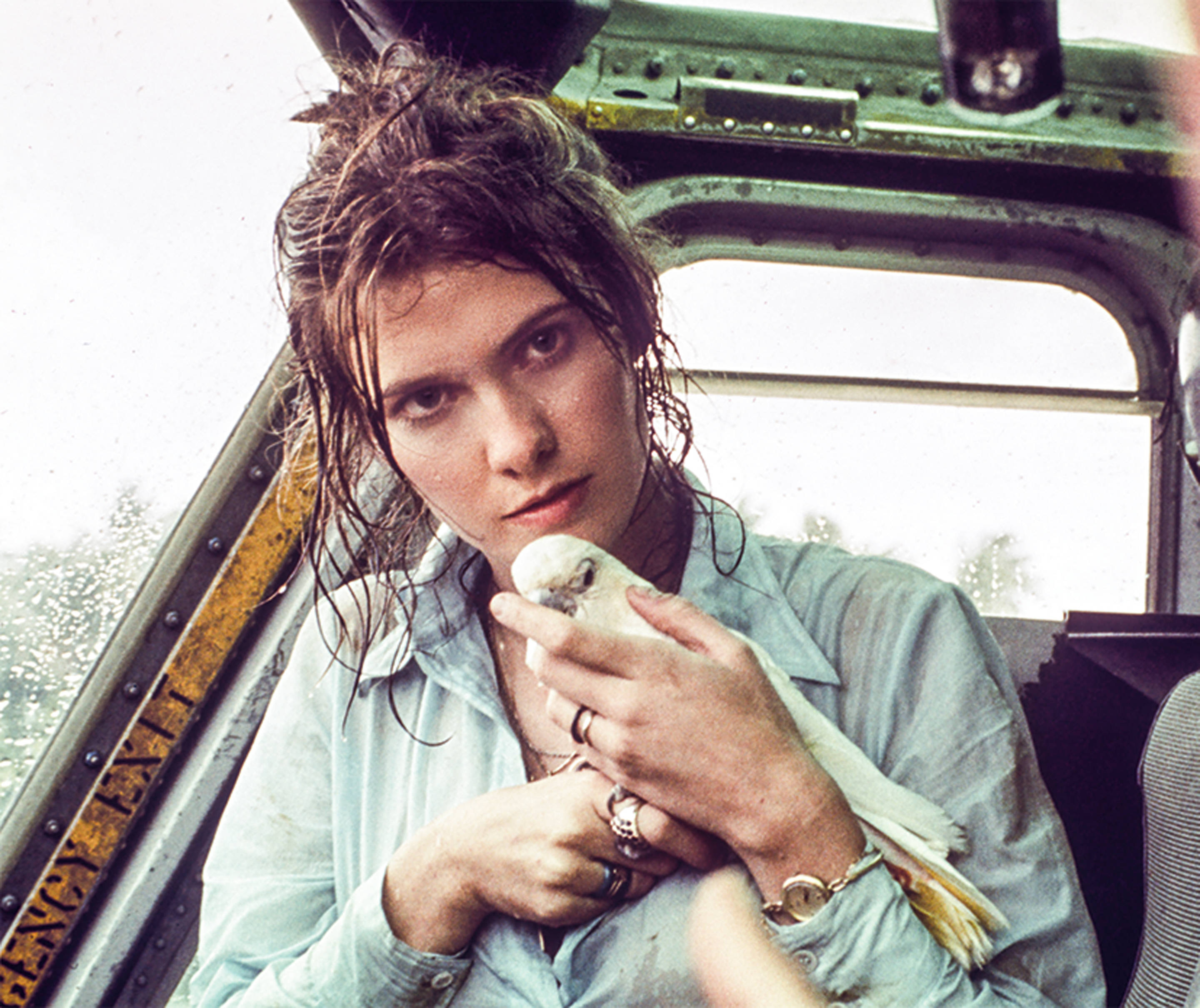
Some parts were filled by eager actors (with one photographer determined to document the production); others took time and effort to cast.
CYNDI WOOD: I didn’t go looking for the part. I believe they called me in; I didn’t have to audition. I was involved, believe it or not, for four years on that film—though I wasn’t there all the time.
COLLEEN CAMP, actress: I had done a movie called Smile, which was filmed in the Bay Area and Santa Rosa. Fred Roos, co-producer of Apocalypse Now, came to visit that location in 1975, and I met him there. Fast-forward to when he was casting Apocalypse Now. I met with Fred, Francis and producer Gray Frederickson, and at first I did not want to do any nudity. But Cyndi Wood, who was Playmate of the Year, was a very close friend of mine.
NANCY MORAN, on-set photographer: I was a freelance photographer in Vietnam in the early 1970s. Gloria Emerson was a wonderful reporter for The New York Times, and I took pictures for many of her Vietnam stories. We worked together a lot. She was very critical of my going [to the Apocalypse Now set in the Philippines]; she thought it was too soon to make a movie like that, because it would take away from the war in a way. That kind of feeling was going around. I mean, it was very soon after the war ended.
That little routine was nothing, but we shot for 16 hours straight and had to do it over and over again.
COLLEEN CAMP: One night I went to the Palm Restaurant on Santa Monica Boulevard with Fred Roos and Cyndi Wood. At that dinner, Fred and Cyndi convinced me I should replace Lynda Carter and rethink the nudity—which I did. So I got cast.
NANCY MORAN: Every day I called the publicity department at United Artists [the U.S. distributor for Apocalypse Now] and asked, “Do you want to hire me to go out there?” Finally they did. They wanted someone who’d actually been in Vietnam. I stayed in the Philippines for almost two months in 1976.
FRANCIS FORD COPPOLA: We had to find many, many young men who could look like G.I.s, and we were of course in a place where there were few. We did a lot of work to locate army installations and educational institutions. That was a big and difficult effort. [For the role of the MC] I was fortunate to have a friend, Bill Graham—rest in peace—who was a famous rock promoter but always wanted to be an actor ever since he was a kid and first saw John Garfield in a movie. He was a remarkably wonderful person, Bill Graham.
COLLEEN CAMP: When I went to the Philippines in November 1976, it changed my life. I was 23 years old. It’s martial law; there’s 400 men and three women. The sequence that we filmed was unbelievable.
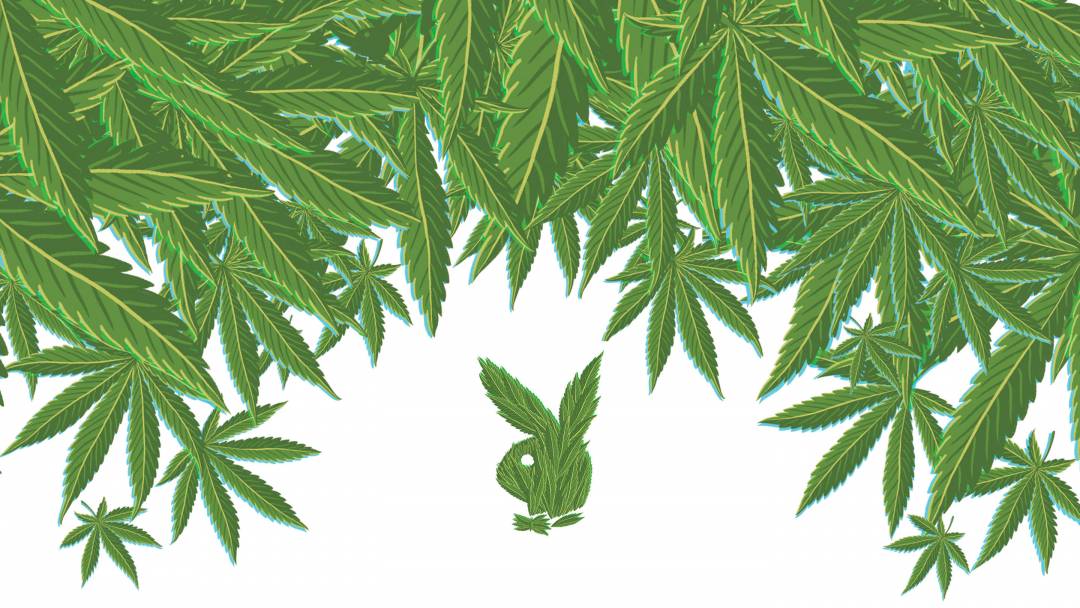
On Playboy's History as a Weed Warrior
The cannabis we smoke, vape and eat owes its increased legal status to pioneering activists
The Playmate USO scene was shot in one single marathon night of filmmaking that included a variety of challenges.
FRANCIS FORD COPPOLA: We knew that it was meant to be an incredible contradiction—which was not untrue—where the Americans had sort of brought their whole culture into this ancient, primeval jungle. So that was the fun of it, as it were. And of course the challenge was that this unlikely show-business show should be deposited right there in the midst of antiquity. Obviously it was night, so the photographer had to figure out how the hell he would see it. He came up with this concept of these almost rafts with banks of lights on them, which were there to illuminate the scene.
COLLEEN CAMP: Our call time was about two in the afternoon, and we shot till about six in the morning. It was amazing. Here we are, in the middle of the Philippines. We had to be really careful because of the helicopter blades, and the pilots were 18, 19 years old—they were very young. I remember we had to get out of the helicopter onto that little tiny strip and just start dancing.
CYNDI WOOD: That little routine was nothing, but we shot for 16 hours straight and had to do it over and over again. They had to get different angles, and they shot the audience, and they did this and that. I collapsed on the stage from exhaustion. I’ve never been that tired in my life. They brought in a doctor, and he gave me a couple of B12 injections. That was kind of intense.
It was meant to be an incredible contradiction where the Americans had brought their whole culture into this ancient, primeval jungle.
It was all, I’m sure, very dangerous, but throughout the shooting, we did not lose one person in the entire year and a half, two years. As a director working on a play or a movie, that’s the greatest fear you have, because the people working so hard and so many hours have their minds on what they’re doing and not on their own safety. You’re constantly emphasizing safety, and so many things can go wrong.
NANCY MORAN: It was a long night, and I remember thinking it was amazing that they could do all this at once. It was so much work, but it was a very funny scene—here’s this boat going downriver, and all of a sudden they come across these Playmates. It’s just a wonderful, surreal idea.
Colleen had a wonderful sense of humor on the set. Cyndi’s the only one who could dance, but that adds to the goofy charm of the whole thing, I think. The guys were supposed to go nuts, which is absolutely believable, and start leaping onto the stage. But it’s like—and this is one of the things about the movie—how much control do you have over hundreds of extras? If I had been Colleen or Cyndi or Linda, I think it would have been scary to have all these guys come jumping out.
COLLEEN CAMP: When the G.I.s started to rush the stage, it was actually scary. It was very quick—the girls get scared, they have to get back into the helicopter, and they’re hurried off the stage. But it was actually planned out really well, so we weren’t in any danger—except that, you know, helicopters are extremely dangerous.
CYNDI WOOD: When they rushed the stage, I don’t remember being aware that that was going to happen. Francis did that a lot—you wouldn’t know what was going to take place, so you would react naturally. He was an incredible director.
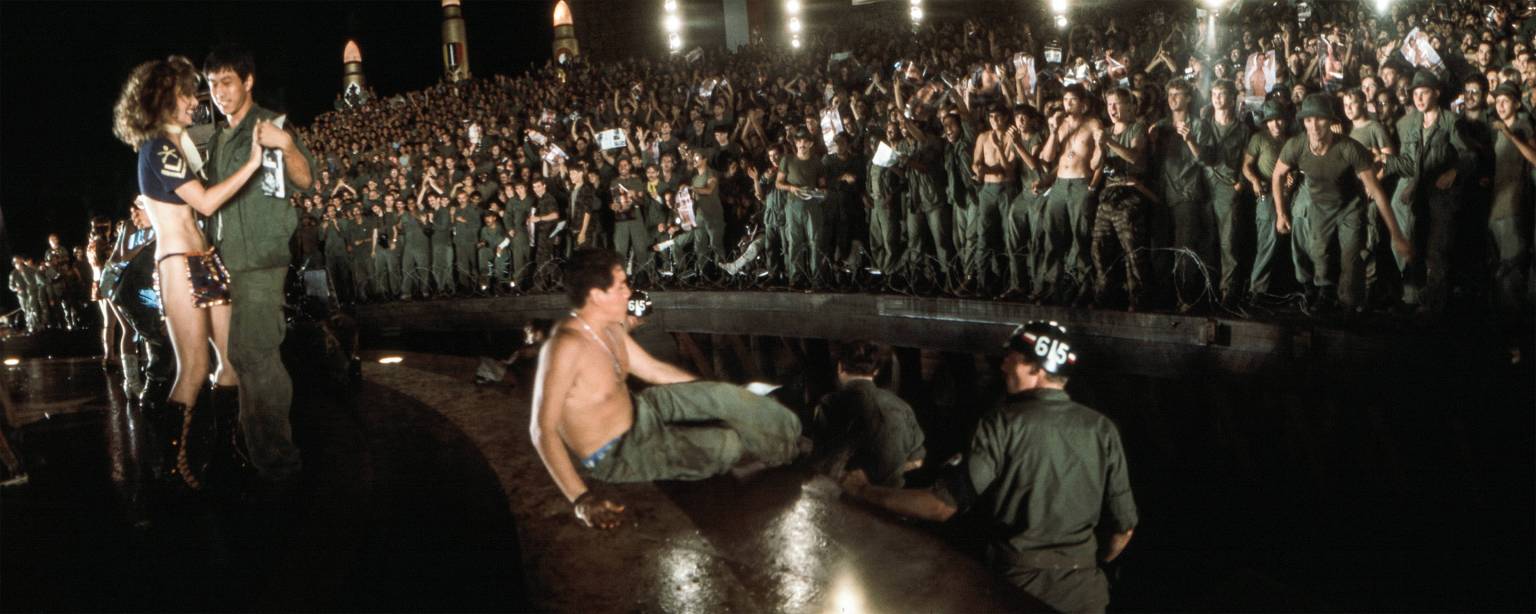
The point I was trying to make was that in a way the abuse of sending a 17-year-old boy to Vietnam is as immoral as what is done to these young girls.
Playboy lore has it that the USO scene was inspired by Playmate Jo Collins’s much more practical 1966 trip to Vietnam.
GARY COLE, former Playboy photography director, who oversaw the magazine’s 1979 Apocalypse Finally pictorial: Back in those days, before a Playmate could appear in a film, Playboy had to approve the filmmaker or approve the script or something, because they didn’t want the girls appearing in porno or really crap movies if it could be helped. Obviously, because Coppola was involved, I think we skipped that step.
FRANCIS FORD COPPOLA: Everyone hassled us, from the Department of Defense on. Playboy could have easily said, “We do not want you to depict the Playboy logo on that helicopter.” They could have done anything they wanted; it was their imagery. But they basically left us alone, and I was always very appreciative.
ELIZABETH NORRIS, former Playboy senior director of public relations: In the 1960s, a lifetime Playboy subscription was deliverable by a Playmate. During the Vietnam war, a group of guys in the 173rd Airborne Brigade pooled their money, and one of them, Jack Price, ordered a lifetime subscription. They wanted a Playmate to deliver it, which was part of the deal. Long story short, 1965 Playmate of the Year Jo Collins went to the hospital in Vietnam where these men were and met them.
JO COLLINS, December 1964 Playmate and 1965 PMOY: I didn’t even know where Vietnam was—I thought I was going to Europe. I had no clue. Never in a million years did I think it was going to turn out the way it did.
GARY COLE: People would say, “Oh, Playboy sent Playmates over there.” Well, Jo Collins is the Playmate we sent to Vietnam who actually visited with the troops. No girls ever went over there and jumped out of a helicopter and did a go-go dance or anything like that.
JO COLLINS: When I was in Vietnam in 1966, we were in areas that were literally being bombed. We could have been blown up at any time. Scary, exciting—it was all those things. I visited as many bases and medical field centers as they allowed. I wish I could have worn attractive outfits, like the miniskirts and go-go boots [the Playmates wear in the movie].
ELIZABETH NORRIS: We have always thought Jo’s Vietnam trip was the basis for that scene. However, that has never been substantiated.
FRANCIS FORD COPPOLA: The original script, and that scene, were the work of John Milius—he’s the one who was really the genius behind Apocalypse Now, in my opinion. I know he was well aware that there were Playboy Playmates in Vietnam. I did not know of it. I didn’t base it on that; I based it on what was in the original script, which might have been inspired by that.
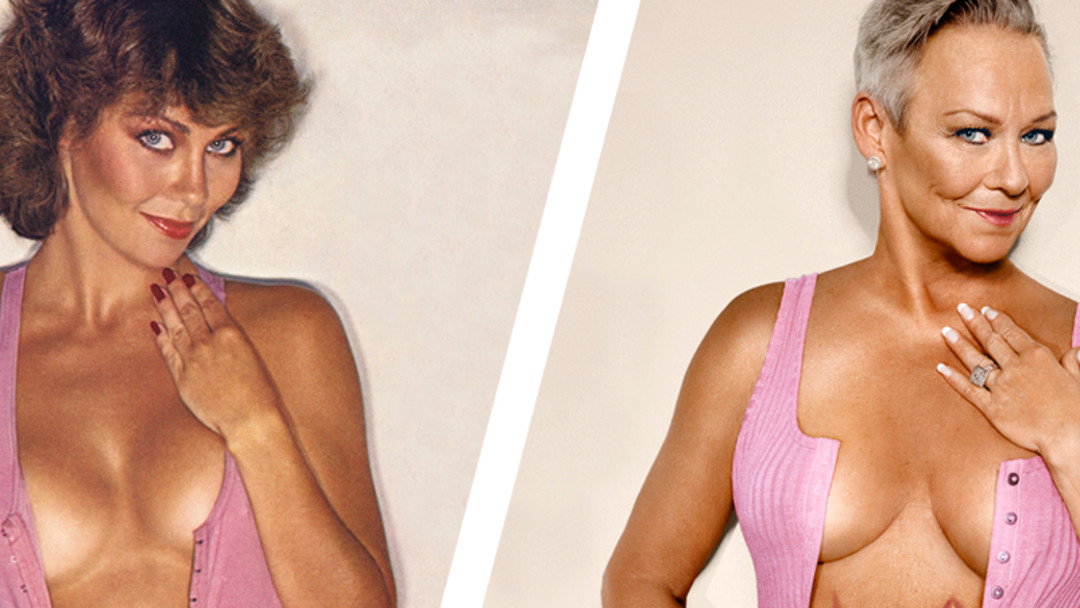
7 Playmates Re-Enact Their Iconic Covers
Beauty is ageless, sex appeal is timeless and exuberance is eternal.
Across the film’s several iterations, the core Playmate scene has remained intact.
COLLEEN CAMP: In the John Milius script there was a scene that set up the girls losing the helicopter fuel with Bill Graham, and then they trade for fuel to get out. Those scenes were crucial to the subsequent scene. But the day I arrived in March 1977, Martin Sheen had a heart attack, so the scenes we were shooting never had a setup. Francis Coppola, in improvisational mode, said, “Tell me a little bit about yourself,” and I said, “Well, I used to be a bird trainer at Busch Gardens.” He decided to write a whole scene of me and birds in the helicopter, and a piece of it was shown in Apocalypse Now Redux.
FRANCIS FORD COPPOLA: During the first typhoon, I didn’t want to stop shooting, because I have always felt that if you get bad weather, that’s an opportunity to have something really extraordinary. You might as well shoot. So we all went during the typhoon, and the crew tried to put the set back together. The rain was coming down unbelievably. That’s when we shot the scene where they go to the medevac camp, which was in the typhoon. And that was put back in the Redux version.
KIM AUBRY, Redux co-producer: Obviously those [fuel-related] scenes were intended to be in the film. The 1979 released version has some strange gaps where, for length and other reasons, scenes were removed, and there are certain continuity things that you don’t quite get unless you see these added scenes.
FRANCIS FORD COPPOLA: Since I had these three women, and they were all uniquely talented and had their own stories, I shot three additional sequences in this scene—which would now be extremely bad in the #MeToo movement—where Bill Graham sort of trades the girl for fuel. This is not something that would go over very well in today’s political climate. The point I was trying to make was that in a way the abuse of sending a 17-year-old boy to Vietnam to drop napalm on people is as immoral as what is done to these young, beautiful girls at 17. That was a symbol of abuse—what we do to the young men, we also do to the young girls in our so-called civilization.
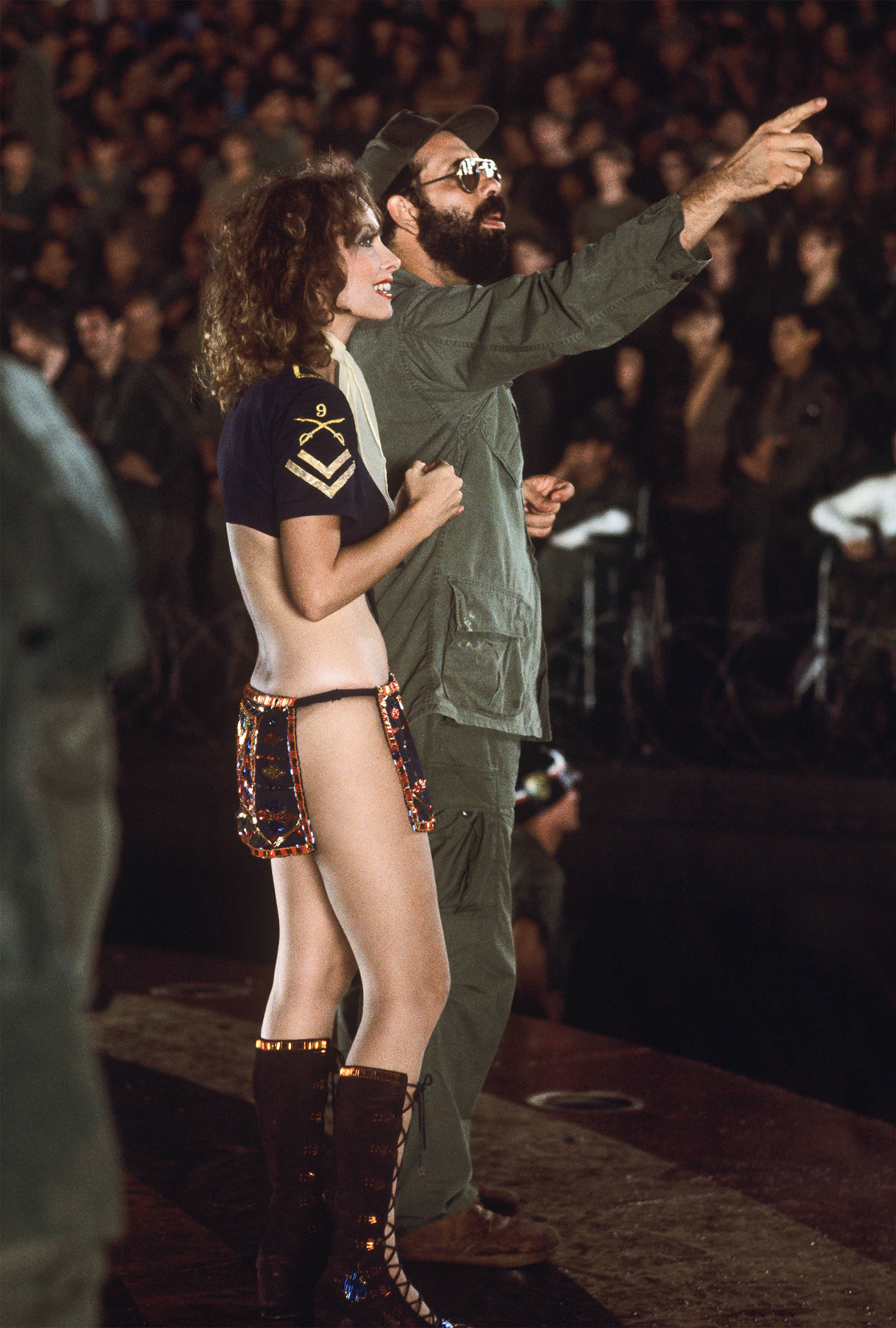
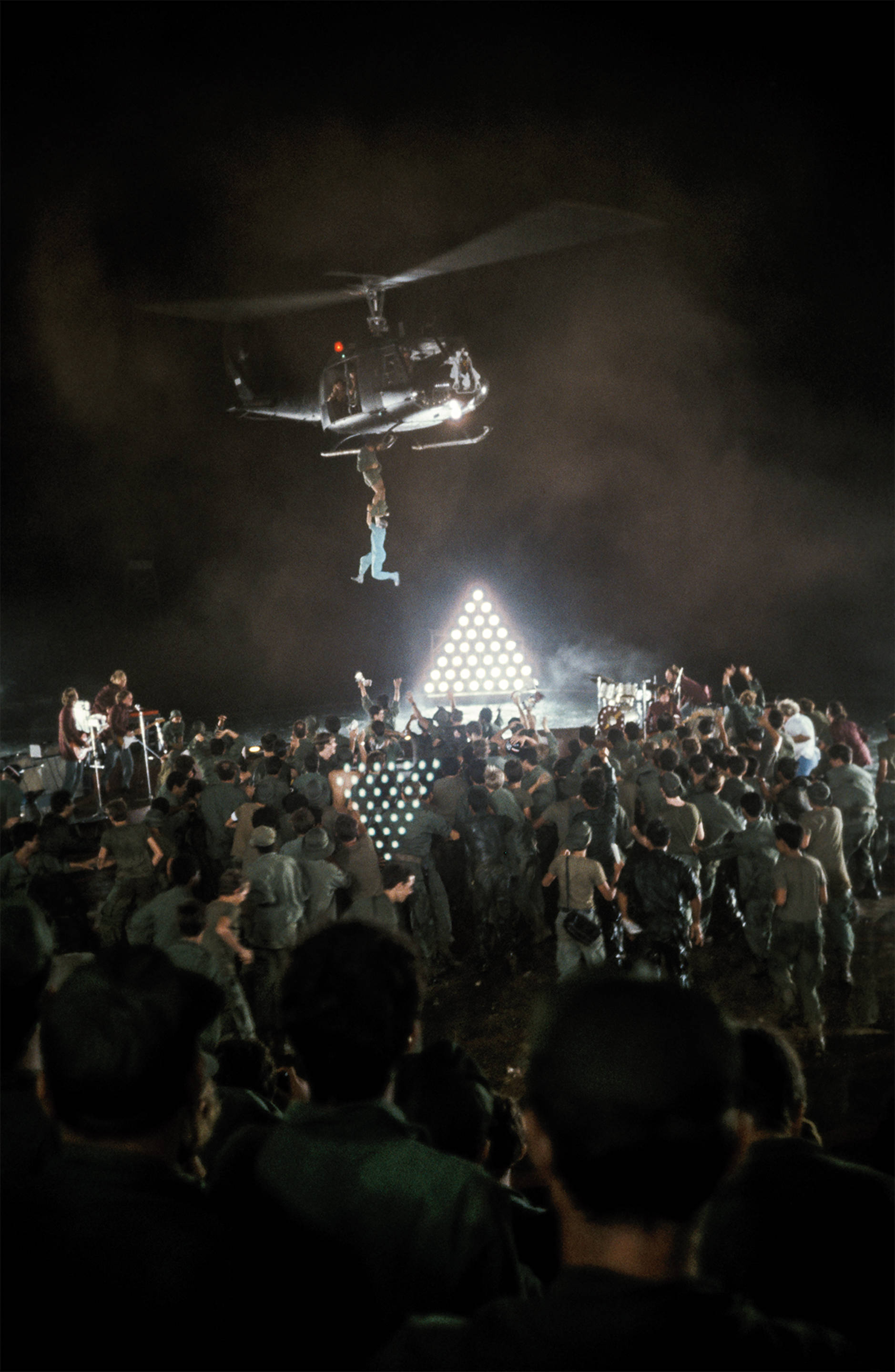
FRANCIS FORD COPPOLA: Tribeca is going to commemorate the 40th anniversary of the movie, and they said to me, “Which version do you want to show, the original 1979 version or the much longer Redux version?” The 1979 version was very abruptly cut to be short, because at the time the movie came out, no one knew what its fate was going to be. A lot of people said it was too long and too weird. I didn’t really like the original version, but I also felt the Redux version was too long. So I said, “What I’d really like to do now is what I think is the best version—what I would say is Francis’s version, the one I prefer.” And that ultimately got done, and I am very pleased with it. What’s available in 2019 for color and sound is so beyond what it was when we first made the movie that it looks and sounds unbelievable. Apocalypse Now: Final Cut has the Playmate show, of course, but it does not have the medevac scene.
CYNDI WOOD: Working on the film was truly an incredible experience, scary as it was. We were in a solid concrete building with no glass in the windows when the biggest typhoon hit. It was so loud, it was deafening, like at any moment the whole building would cave in. This is going to sound weird, but I’ve never felt more alive in my whole life.
